Deck & Commander Strategies

Jeska, Thrice Reborn
Jeska's deck focuses on dealing damage through combat and spells, leveraging her ability to generate additional damage and card draw. The deck aims to control the board with damage and removal while setting up for a damage-based win.

Sidar Kondo of Jamuraa
Sidar's deck employs a creature-based control strategy that limits opponents' blocking options to flying or reach creatures, enabling aggressive attacks and board dominance. It also looks to generate elemental synergies and maintain board presence.

Thrasios, Triton Hero
Thrasios leads a value-oriented deck that uses mana acceleration and card filtering to assemble combos or powerful board states. It uses artifact ramp and recursion spells like Underworld Breach to generate infinite or near-infinite value.
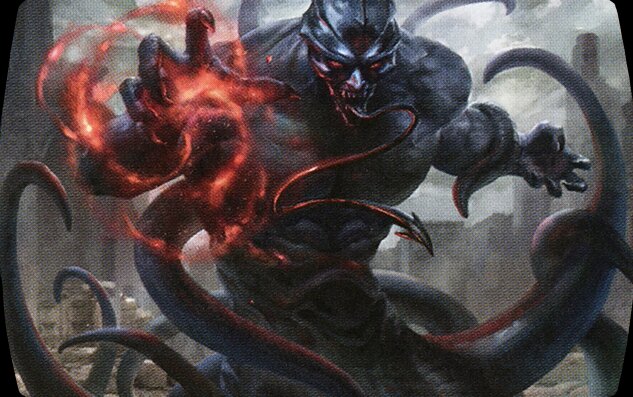
Tevesh Szat, Doom of Fools
Tevesh Szat's deck focuses on reanimation and storm combo strategies, leveraging graveyard recursion and rituals to build explosive plays, drawing many cards and generating storm counts to win with complex combos.

Birgi, God of Storytelling // Harnfel, Horn of Bounty
Birgi's deck centers on spell-slinging and token generation, using repeated instant and sorcery casting to create board presence and mana advantage, ultimately aiming to overwhelm opponents with tokens and burn spells.
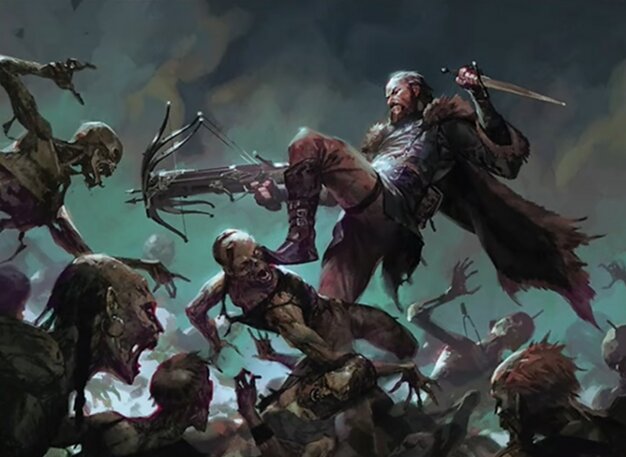
Hansk, Slayer Zealot
Hansk's deck likely focuses on aggressive combat and efficient creature deployment to pressure opponents early and capitalize on combat damage, leveraging synergy with other creatures and possibly burn or removal spells.
Gameplay Insights
- 1
Casting Underworld Breach was a pivotal moment enabling graveyard recursion and combo potential, shifting the game towards combo finishes.
- 2
Sidar Kondo’s ability to restrict blockers significantly shaped combat decisions, allowing aggressive attacks with less risk of blocks.
- 3
Jeska used planeswalker abilities and damage triggers effectively to chip away at opponents and draw cards, maintaining pressure.
- 4
Players carefully managed mana and spell sequencing, utilizing artifacts like Jewel Lotus and rituals to accelerate into high-impact spells early.
- 5
The use of token generation combined with damage distribution spells created board states that forced opponents into defensive plays.
- 6
Timing of board wipes and damage-based removal influenced the pacing, with players prioritizing survival and resource denial over risky attacks.
- 7
Combat targeting and blocker assignments were crucial, especially with creatures like Hullbreaker Horror that lacked flying or haste, requiring strategic protection and timing.
Notable Cards
-
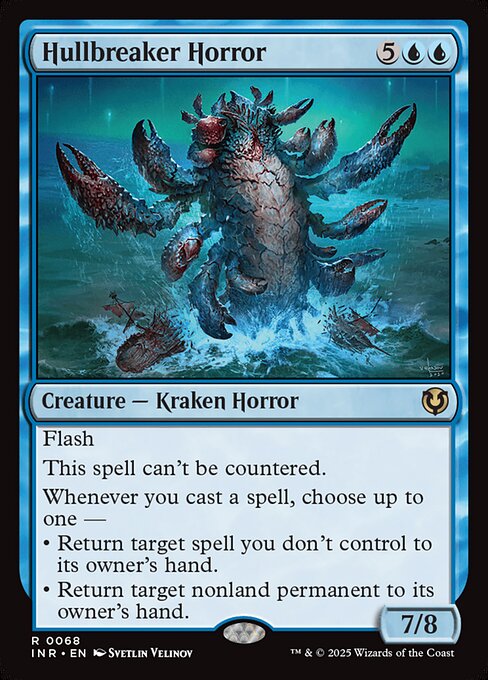
Hullbreaker Horror
-

Underworld Breach
-
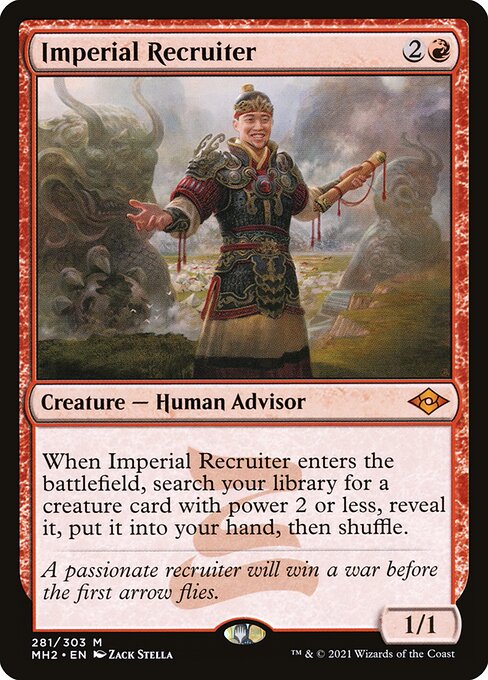
Imperial Recruiter
-
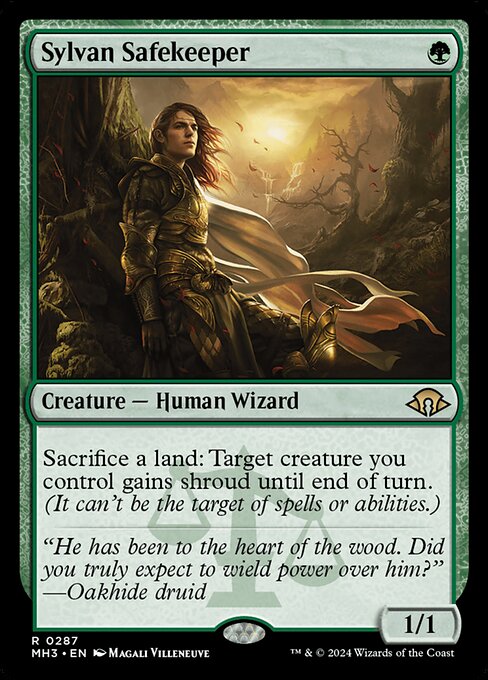
Sylvan Safekeeper
-

Dark Ritual
-
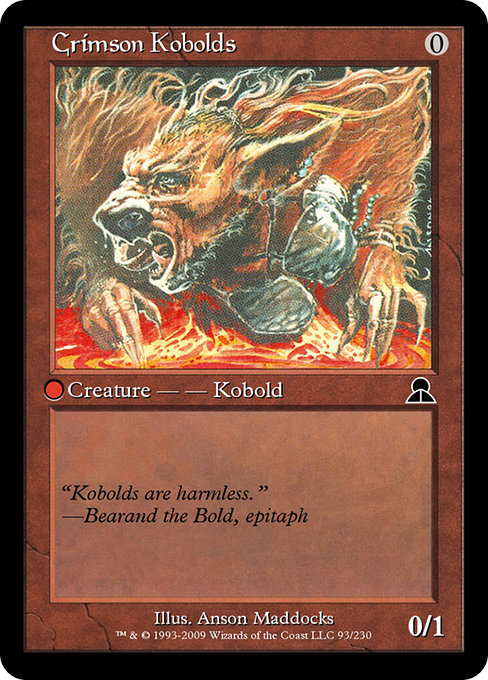
Crimson Kobolds
Gameplay Summary
The game featured a high-powered cEDH multiplayer format with four players piloting competitive decks.
Early turns involved setting up mana bases and deploying key creatures and planeswalkers to establish board presence.
Jeska, Thrice Reborn and Sidar Kondo of Jamuraa participated actively in combat and board control, with Jeska leveraging her damage triggers to weaken opponents and draw cards, while Sidar imposed a strong defensive stance by restricting blockers to flying or reach creatures.
The board state escalated with powerful creatures like Hullbreaker Horror entering play, providing significant threats though lacking haste and flying, which shaped combat decisions. Players executed strategic plays involving artifact mana acceleration, tutoring for elemental cards, and careful management of resources amid the threat of board wipes and combat damage.
Underworld Breach was cast to enable graveyard recursion and combo potential, signaling a shift towards combo-centric win conditions.
Combat was pivotal, with attacks focused on key opponents to disrupt their boards and reduce threats.
The game showcased tight interplay of damage distribution, token creation, and careful sequencing of spells, with players mindful of the lethal potential of creatures and instants on the stack.
The game progressed with incremental advantage plays and resource denial, highlighting the importance of timing and sequencing in cEDH multiplayer environments.





















![Sidar & Thrasios vs. Gadwick Combo [Duel Commander-EDH] - Magic: The Gathering thumbnail](https://i.ytimg.com/vi/_nLPnZziXxY/sddefault.jpg)


![Commander VS S6E5: Sidar Kondo/Thrasios vs Ravos/Vial Smasher vs Tymna/Tana vs Ludevic/Kraum [MTG] thumbnail](https://i.ytimg.com/vi/LynU4jB9XLA/sddefault.jpg)
![Commander VS: Sidar Kondo & Tana VS Tuvasa VS O-Kagachi VS Athreos [EDH] thumbnail](https://i.ytimg.com/vi/7KJdIzOV5XM/sddefault.jpg)
![Commander VS: Happy Johnny Appleseed Day! [EDH] thumbnail](https://i.ytimg.com/vi/GFdVvmC5xpE/sddefault.jpg)











